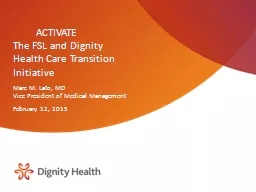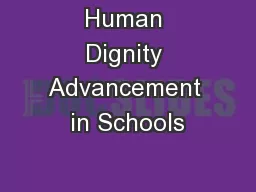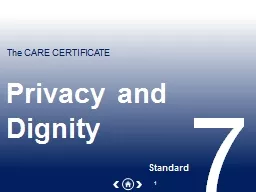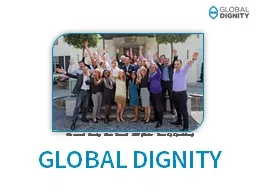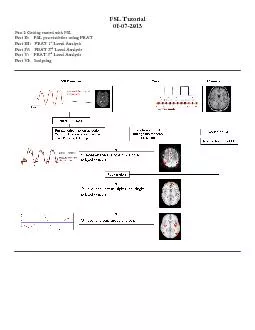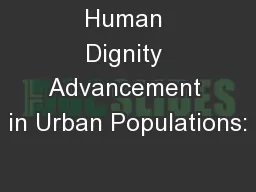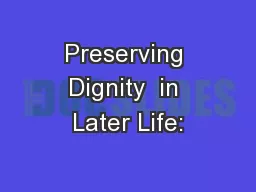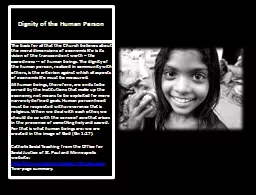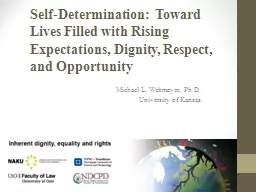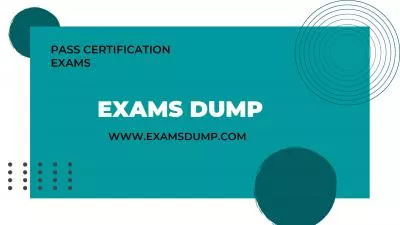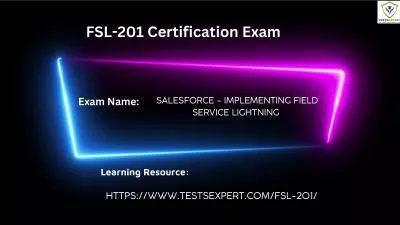PPT-ACTIVATE The FSL and Dignity Health Care Transition Initiative
Author : lois-ondreau | Published Date : 2019-11-24
ACTIVATE The FSL and Dignity Health Care Transition Initiative Marc M Lato MD Vice President of Medical Management February 12 2015 ACTIVATE A dvance C lients T
Presentation Embed Code
Download Presentation
Download Presentation The PPT/PDF document "ACTIVATE The FSL and Dignity Health Care..." is the property of its rightful owner. Permission is granted to download and print the materials on this website for personal, non-commercial use only, and to display it on your personal computer provided you do not modify the materials and that you retain all copyright notices contained in the materials. By downloading content from our website, you accept the terms of this agreement.
ACTIVATE The FSL and Dignity Health Care Transition Initiative: Transcript
Download Rules Of Document
"ACTIVATE The FSL and Dignity Health Care Transition Initiative"The content belongs to its owner. You may download and print it for personal use, without modification, and keep all copyright notices. By downloading, you agree to these terms.
Related Documents

